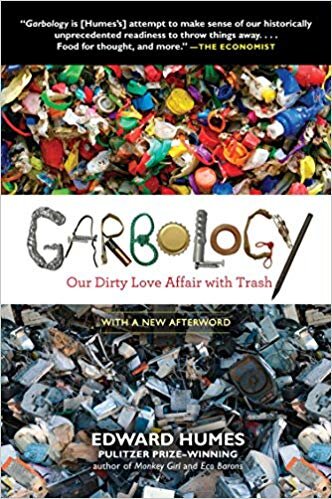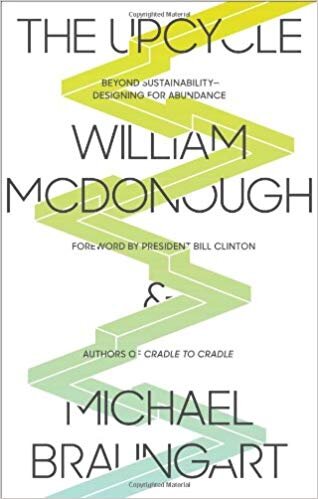5 great reads about wasting less
Before starting Ridwell, we learned as much as we could about how waste works. We took tours of facilities, met with industry experts, and read many excellent books about how the way we get rid of things has evolved over time and how it may change in the future.
With summer reading season upon us, we wanted to share some of our favorites. Kick back, relax, and dive into the exciting world of wasting less!
Garbology: Our Dirty Love Affair with Trash
by Edward Humes
We had our highlighter out early and often while reading this book. Full of fascinating statistics and stories about garbage over time, Humes hits the highlights of the history of waste. Historians will appreciate the detailed look at how our trash output has grown considerably over time. Futurists will also enjoy this one as the author paints his vision for how we can unlock the value that we bury every day in landfills with benefits to our economy, environment and health.
Plastic: A Toxic Love Story
by Susan Freinkel
The negative effects of plastics have been a popular topic recently, but nothing we read gave us the same depth of knowledge on the topic as Freinkel’s examination. Each chapter in this book covers a different everyday item (grocery bag, soda bottle, etc.) and how plastic came to be such a core part of modern life. We came away from this book with a renewed sense of urgency to lower our use of plastics where an alternative exists and were excited that it also came with some practical ideas for how to do that.
Junkyard Planet: Travels in the Billion-Dollar Trash Trade
by Adam Minter
After growing up as the son of a junkyard owner, Adam Minter is the perfect person to take readers behind the scenes to see what happens when Americans get rid of things. His journey begins in scrapyards across the US before heading overseas to China where materials are dismantled and turned into new things. Since this book was published in 2013, China has restricted the kind of recyclables they import but this book remains relevant.
The Upcycle
by William McDonough and Michael Braungart
Like its more well-known predecessor Cradle to Cradle, Remaking the Way We Make Things, this book looks at how designing products differently can prevent waste in things we use every day. What if products like furniture and carpet were designed to not only minimize negative impact, but are instead looking at what positive can come from their components in their afterlife? That’s a world we can get behind and are excited to see take shape!
Zero Waste Home
by Bea Johnson
Bea and her family have undergone a radical transformation from a family with average garbage production to one that produces a single mason jar of trash in an entire year! Though that may seem unattainable for most readers, we liked how many of the steps the Johnsons took are things we can all do to waste less. This book is a great resource, organized by room, that you can look back on after reading to see how you can lessen your family’s waste.






